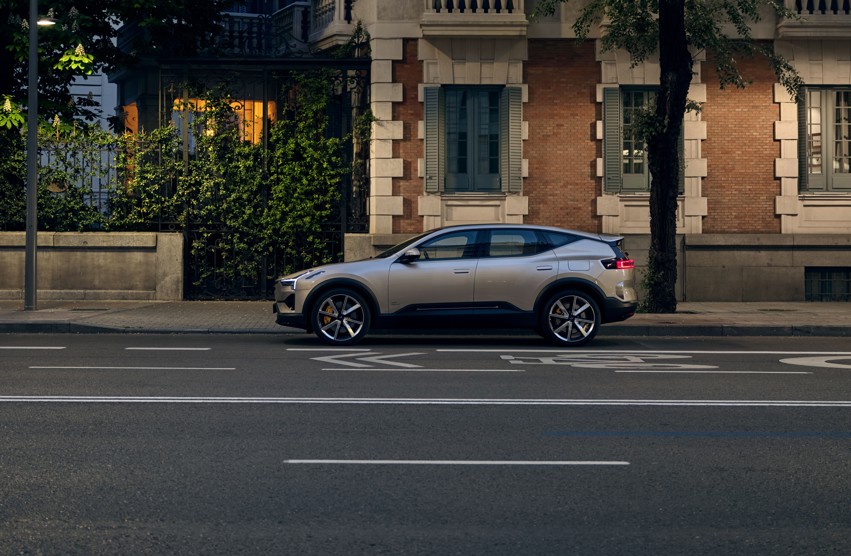It’s fair to say the Polestar 3 EV has been a long time coming. We first saw what looked like the finished car back in the heady days of 2022; at that stage it was set to go on sale in 2023, ahead of the Polestar 4 in 2024.
At the time, we got very excited about the 3 being a bespoke Polestar, unlike the earlier 2 that had quite a few Volvo genes. That was partly us getting a bit giddy with excitement and partly Polestar piping in a bit of dry ice to cloud the view.
The reality is, this car shares its platform and NVIDA Drive centralised computer system with the new Volvo EX90, which is essentially what caused the delay; getting the electronics to work across the board took longer than expected, which has meant the 3 is now launched alongside, not ahead of, the 4. If you want to know more about how the 3 and 4 SUVs relate to each other, click here.
Still, there’s credence to chief executive Thomas Ingenlath’s claim that the 3 is “designed as a Polestar from the start”. It’s smaller than the EX90, a 5-seater rather than a 7 and really, nothing you can see or touch is shared. And yes, Volvo Thor’s Hammer headlights on the 2 have given way to a “dual blade” design on the 3 that’s now a Polestar signature.
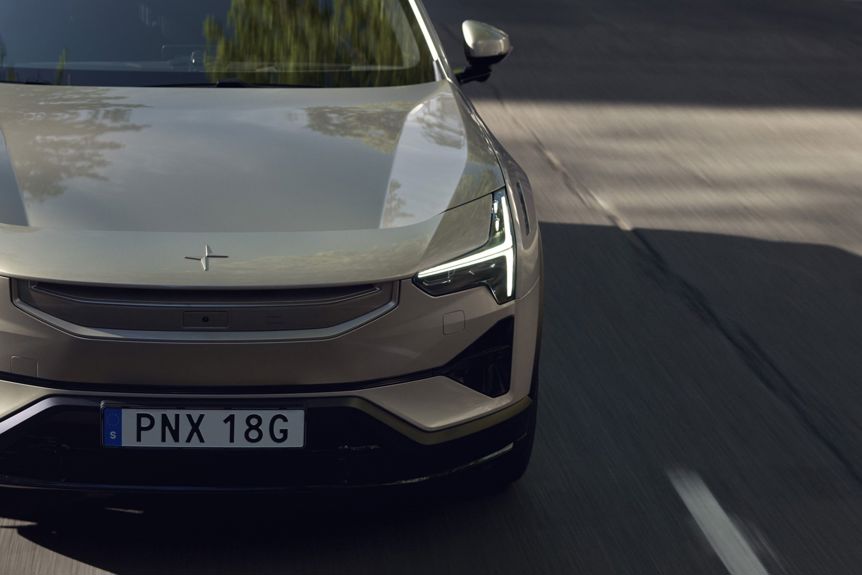
With first New Zealand deliveries of the 3 due next month, it’s finally time to drive it – albeit on the smooth roads of sunny Spain, as part of the international media launch for the car.
There’s a high-set cabin, but the driving/seating positions are more laid-back, like a conventional passenger car; sports car, even.
Up close in the real world, the 3 has presence. It’s supposed to draw in traditional SUV buyers, but Polestar being Polestar it has a different perspective on some of the crossover tropes. It’s nearly 5m long and has a near-3m wheelbase, but it was never going to be a 7-seater. It’s all about luxury, and especially providing rear-seat occupants with a luxurious environment.
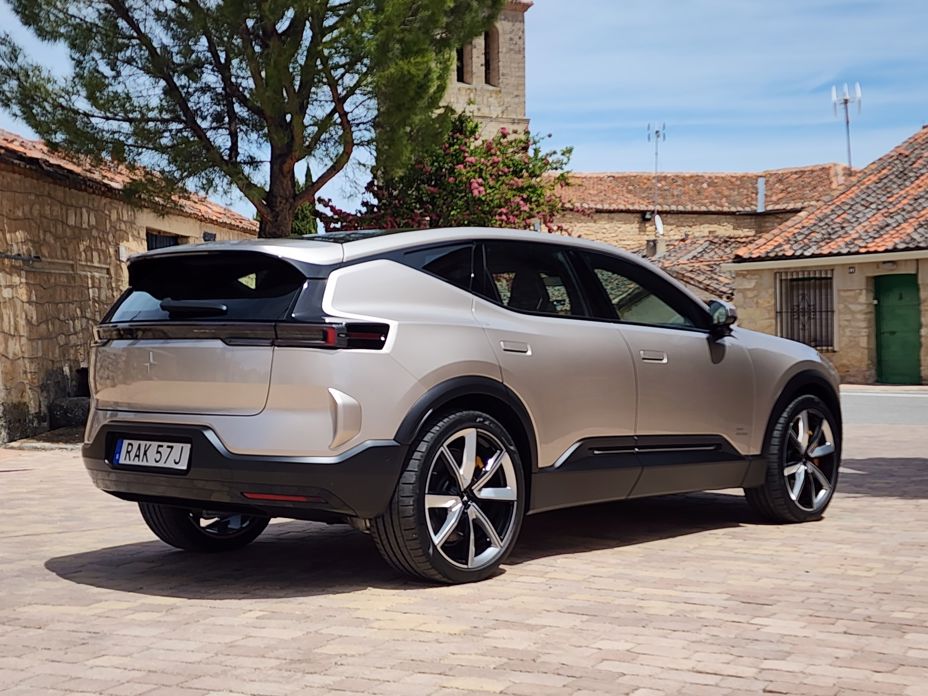
It has generous ground clearance and a high-set cabin, but the driving/seating positions are more laid-back, like a conventional passenger car; sports car, even. This allows a very low roof, which makes it look like a family station wagon on steroids.
Polestar being Polestar, it has a different perspective on some of the familiar crossover tropes.
For a model born of the digital/electric age, there are some pleasingly physical details. Polestar wanted a chunky SUV look, but EVs need outstanding aerodynamics. So the 3 has some cleverly integrated wings and blades, including a spoiler built into the bonnet and wings on the rear roofline.
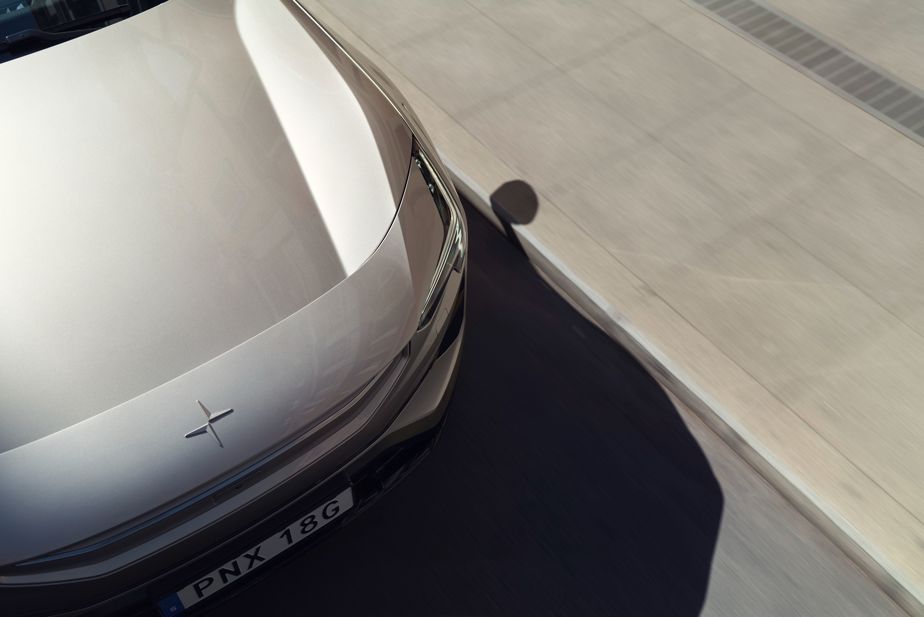
It’s an EV with a massive battery (another reason for that long wheelbase), but the powertrain software is complemented by dual-chamber active air suspension; ride height can vary from 202mm to a very SUV-worthy 250mm.
Polestar is pouring a lot into its stated claim of being a “performance EV” brand, even when we’re talking about something as hefty as this.
The rear axle has a lively dual-clutch torque vectoring (TVDC) system that can shift power side-side to effectively “push” the outside of the car around a corner. But the rear motor can also decouple for more efficient cruising, making the 3 FWD when needed.
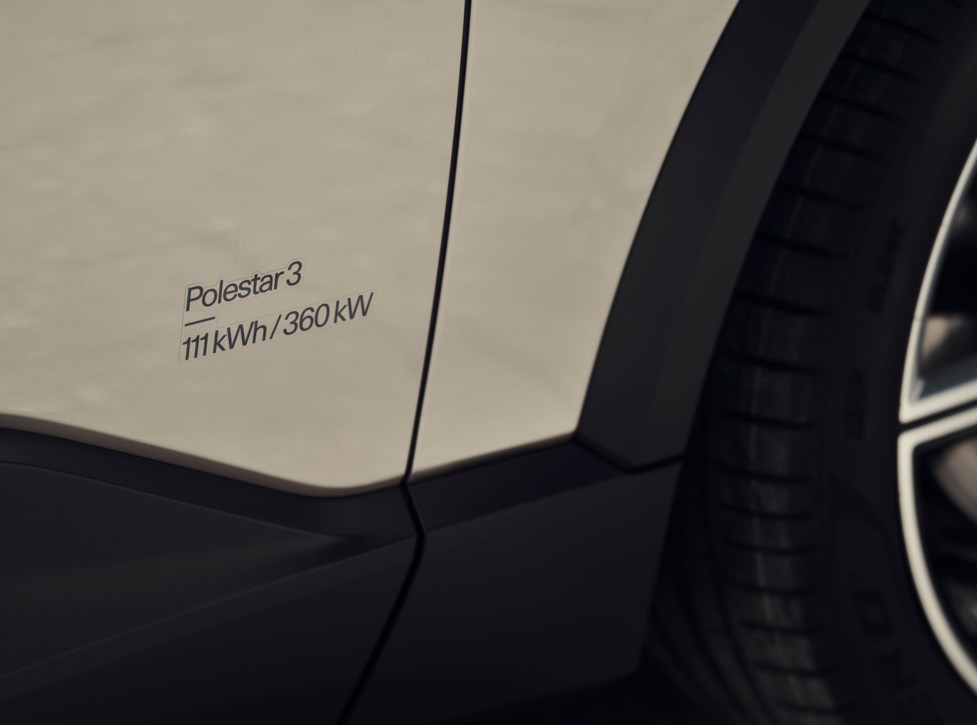
There are even mixed-size tyres, usually a sign that a carmaker is getting very serious about the dynamic abilities of its family five-door. The optional Performance Pack ($15,000) steps up to massive 22-inch wheels.
It all results in a big SUV that successfully treads the line between refinement and truly engaging performance/handling. It’s quick of course, but the real highlight is the handling: the steering is nicely judged and quite talkative, the chassis a great combination of sheer grip and adjustability.
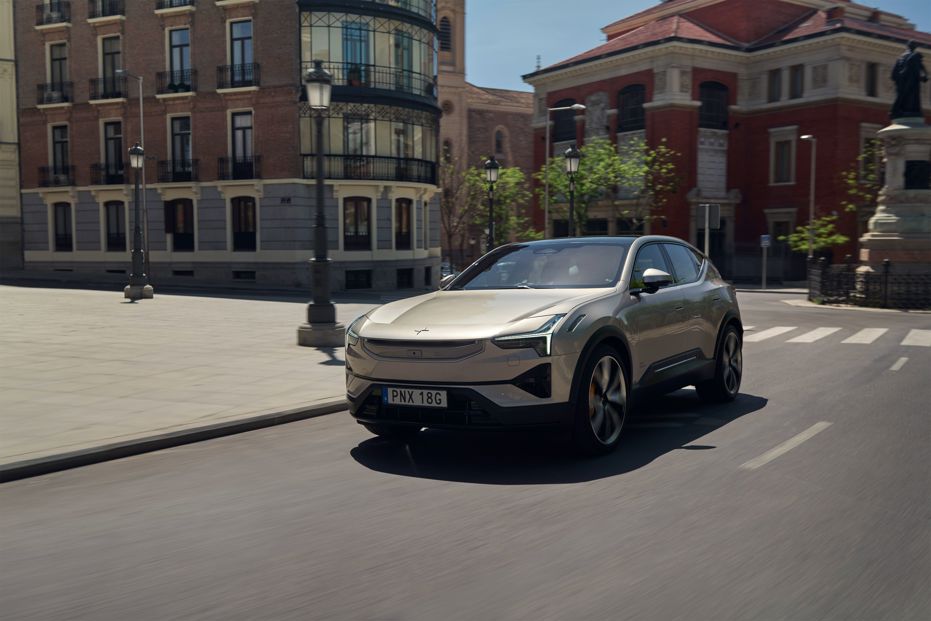
The harder you push in corners the more steadfast it becomes, partly thanks to that TVDC. But there’s also a lot more playfulness than you expect from a 2.6-tonne SUV; Polestar is pouring a lot into its stated claim of being a “performance EV” brand, even when we’re talking about something as hefty as this.You can adjust both steering and suspension feel to your liking.
The astonishingly classy cabin will have a familiar vibe if you’ve been in a Polestar 2, but of course the 3 moves things on a bit in terms of tech and ambience. The extreme minimalism might ring a few alarm bells; the only proper button is a large rotary dial for audio volume.
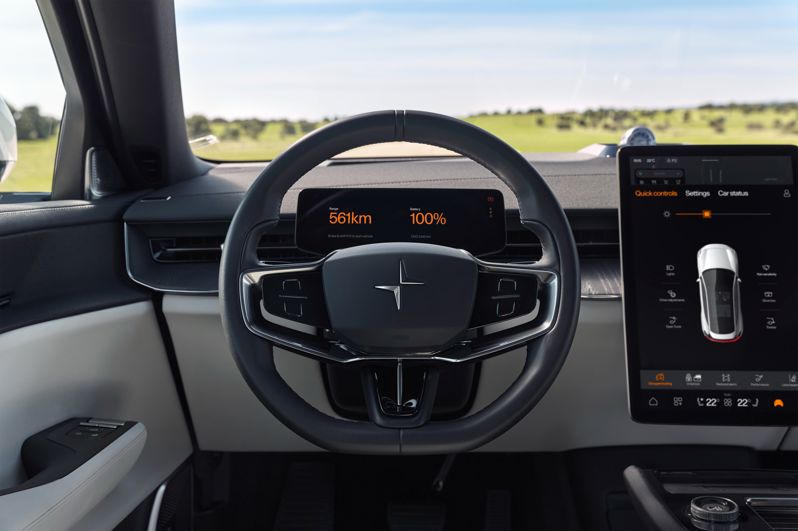
But few companies do infotainment OS better than Polestar, which has taken the integrated Google features and the basics from Volvo and poured an enormous amount of effort into not only making it look distinctive, but also legible and intuitive. The graphics are stunning in their simplicity and the menus are Apple-like in their WYSIWYG ethos. Apologies, Google. There’s still learning for new users to do, but overall it’s a satisfying setup that feels like it was designed for the car, rather than layered into the dashboard afterwards.
Polestar does luxury incredibly well. It also does feeling-good-about-yourself very well. Cabin materials with eco-credentials are an EV thing, but Polestar does seem to have gone above and beyond, even labelling some surfaces with sustainability data.
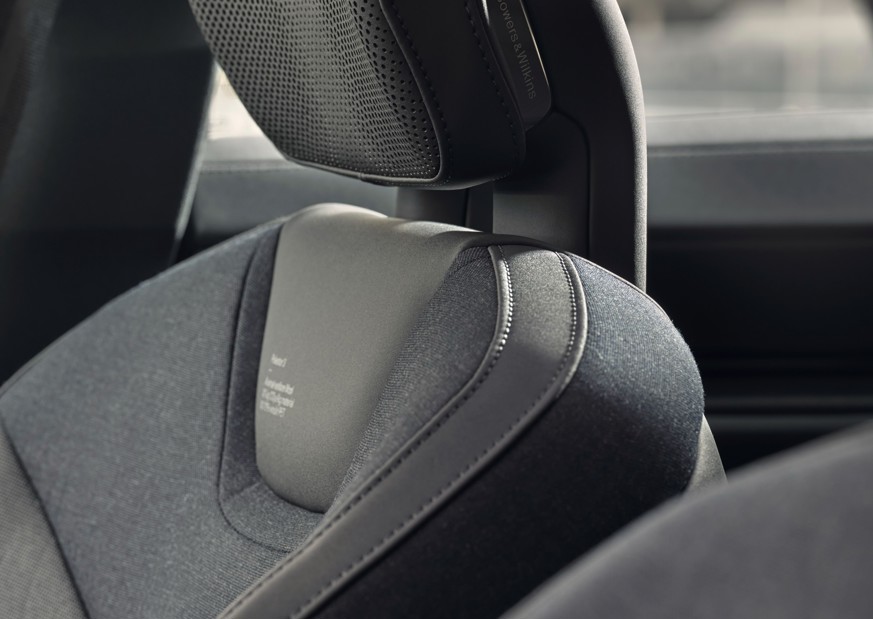
Upholstery choices include wool from traceable sheep-sources, MicroTech that’s kind of a “vegan leather” but sans the fossil-fuel-based PVC that’s often used, and actual Nappa leather. The latter is not your usual eco-upholstery, but Polestar argues it’s sustainable given it’s a byproduct of the food industry and it’s animal welfare certified. Hey, you have the choice.
It’s a swish way to travel, the air suspension giving the 3 a combination of max-attack handling and supple ride that’s hard to argue with. From a passenger point of view there’s plenty to ooh and aah about, the most obvious downsides being a slightly legs-out seating position in the back thanks to a relatively high floor; but there’s still plenty of space to put those legs out.
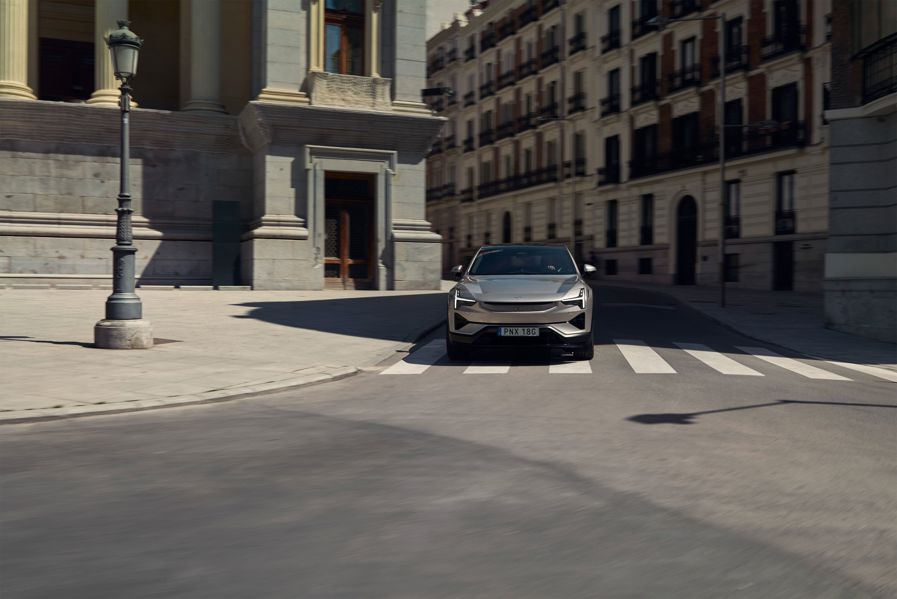
That coupe-like profile does have an impact on cargo space. The boot is okay at 484 litres, but not exactly generous for a car of this size. Or if you’re really worried about that, maybe you need the more practical Volvo EX90.
Polestar might be an EV maker, but it has eyes on more than just electric SUVs as potential rivals for the 3. Sure, this newcomer goes up against posh BEVs like the BMW iX and Mercedes-Benz EQE, but Polestar says the Porsche Cayenne is also very much in the frame.
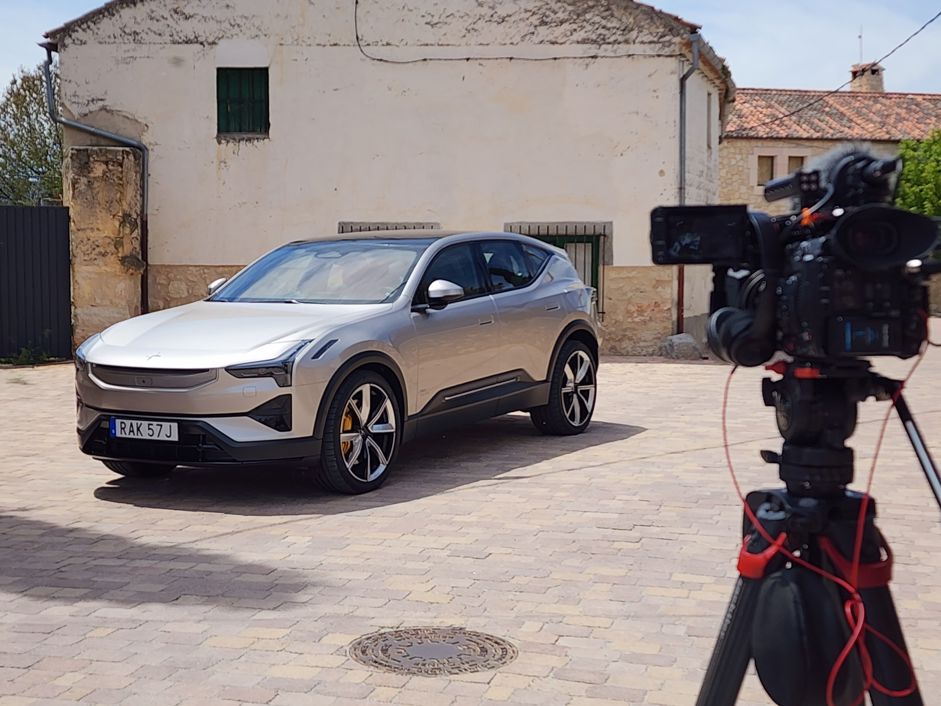
With that in mind, the Polestar 3 has to combine high luxury with the ability to please the discerning driver in a big way. Based on our first drive experience, it’s off to a strong start.
BATTERY: 111kWh lithium-ion with dual electric motors POWER: 360kW/840Nm or 380kW/910Nm (Performance Pack) GEARBOX: Single-speed, AWD 0-100KM/H: 4.7-5.0 seconds RANGE: 561-628km (WLTP), maximum charge rate 250kW PRICE: $169,990-$184,990 (Launch Edition models).
Credit: Source link
